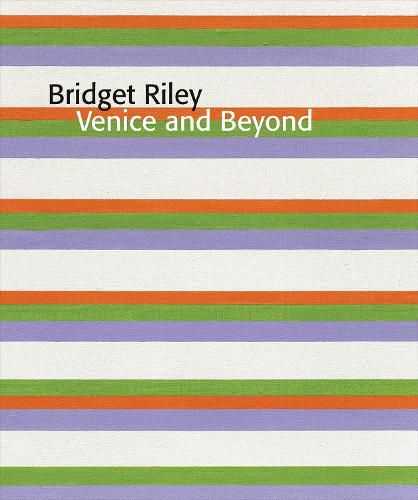Readings Newsletter
Become a Readings Member to make your shopping experience even easier.
Sign in or sign up for free!
You’re not far away from qualifying for FREE standard shipping within Australia
You’ve qualified for FREE standard shipping within Australia
The cart is loading…






Examining a breakthrough moment in Bridget Riley’s career, this volume illustrates the importance of colour to the artist’s investigation of visual contrast and perception.
During the early 1960s, Riley’s black-and-white work employed elementary shapes to convey movement and light. Having tested this limited set of means, the artist incorporated colour into her paintings in 1967.
This volume accompanies an exhibition at Graves Gallery, Sheffield (18 February-25 June 2016) that chronicles the period of change which took place before, during and after Riley’s representation of Great Britain at the 34th Venice Biennale. Using Rise 1 (1968) as a starting point, the carefully selected group of paintings and works on paper from 1967-85 situate this important painting within its context.
Alongside over 30 full-colour illustrations, an essay by Paul Moorhouse explores how the adoption of colour informs developments throughout Riley’s ensuing career.
$9.00 standard shipping within Australia
FREE standard shipping within Australia for orders over $100.00
Express & International shipping calculated at checkout
Examining a breakthrough moment in Bridget Riley’s career, this volume illustrates the importance of colour to the artist’s investigation of visual contrast and perception.
During the early 1960s, Riley’s black-and-white work employed elementary shapes to convey movement and light. Having tested this limited set of means, the artist incorporated colour into her paintings in 1967.
This volume accompanies an exhibition at Graves Gallery, Sheffield (18 February-25 June 2016) that chronicles the period of change which took place before, during and after Riley’s representation of Great Britain at the 34th Venice Biennale. Using Rise 1 (1968) as a starting point, the carefully selected group of paintings and works on paper from 1967-85 situate this important painting within its context.
Alongside over 30 full-colour illustrations, an essay by Paul Moorhouse explores how the adoption of colour informs developments throughout Riley’s ensuing career.